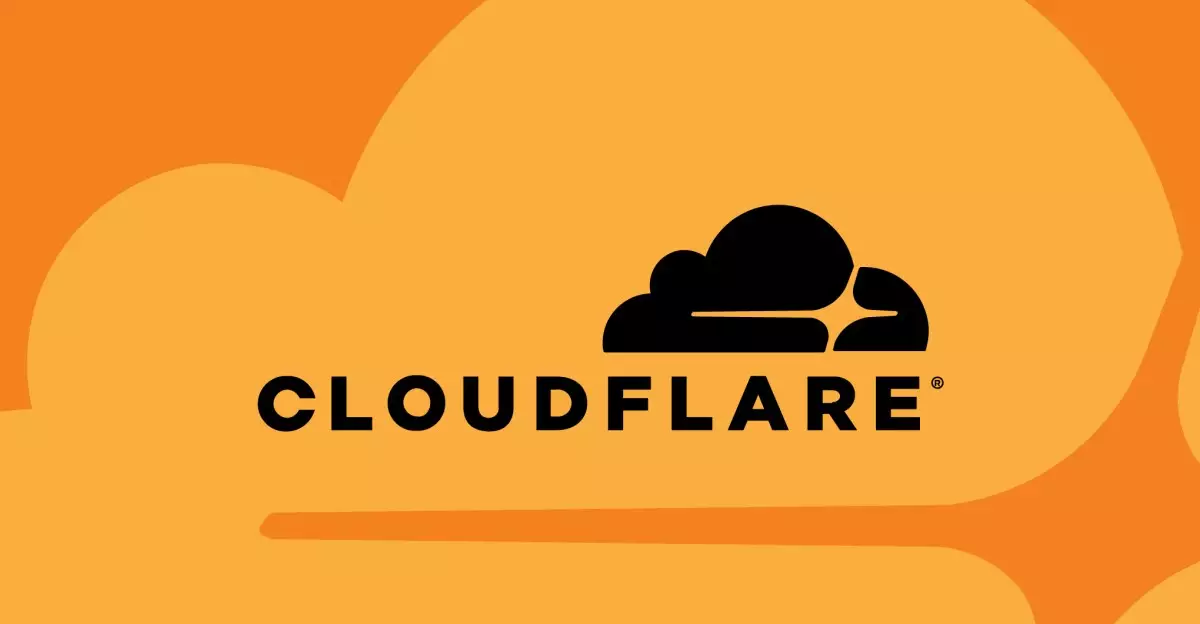In the relentless digital age, the internet faces unprecedented challenges posed by web scrapers who voraciously collect data for various uses, often without the requisite permissions. Scraping, once a benign facet of tech innovation, has escalated into a battleground where data ownership and ethical conduct clash. Companies and website owners have resorted to measures meant to stave off unwanted visitors—often invoking the outdated honor system of robots.txt to manage bot behavior. However, an alarming truth is that many data-hungry AI entities, including well-established firms, circumvent these directives with little regard.
In this context, Cloudflare has stepped into the spotlight with a groundbreaking solution—AI Labyrinth—a cutting-edge tool designed to redefine how websites defend high-value data from unscrupulous scrapers. The ambition behind this innovation is not merely to block bots, but to engage them in an exhaustive journey through a maze of decoy content that serves no actual purpose. It’s akin to leading a hungry lion into a field of weeds instead of fresh meat; a clever ruse that has the potential to shift the tides in favor of online content creators.
Understanding the Mechanism of AI Labyrinth
The brilliance of AI Labyrinth lies in its strategy to confuse and exhaust crawlers with AI-generated content that, while benign, is utterly irrelevant to the sites being prowled. According to Cloudflare, their platform sees a staggering 50 billion bot requests daily, necessitating an innovative response to these persistent data-harvesters. Instead of outright blocking these bots—which often leads to a cat-and-mouse dynamic where attackers adapt quickly—Cloudflare invites them into a complex web of decoy pages that effectively dilute their effort and resources.
This program serves as a high-tech honeypot, designed not only to stall malicious bot activities but also to record their movements for future analysis. By engaging in this subterfuge, Cloudflare can identify different patterns exhibited by these bots, ultimately leading to a more nuanced understanding of their behaviors. In a digital landscape continually evolving with new techniques and methods, this proactive approach surges ahead in the ongoing arms race between website protection and bot breaches.
Ethical Quandaries in AI and Data Scraping
However, this raises important ethical considerations. By creating an intricate web of content specifically designed to mislead bots, is Cloudflare setting a precedent that could distort the very fabric of how data is shared and consumed online? While their intentions might be noble—protecting content from exploitation—the philosophical implications of such a maneuver cannot be dismissed lightly. The internet is a domain predicated on information exchange; how does one reconcile that with strategic misinformation meant to ensnare?
Furthermore, while Cloudflare states that their generated content is curated to reflect scientific facts, the concern remains: could this lead to the proliferation of misinformation in areas where accuracy is critical? The lines between defensive innovation and ethical integrity blur, prompting a call for transparency and responsible application of generative AI technologies in the realm of web security.
Implications for the Future of Content Ownership
The implementation of AI Labyrinth signifies a revolution in how website administrators can approach content ownership and authentication amid the scourge of data scrapers. By favoring tactical deception over brute force rejection, Cloudflare is essentially redesigning the landscape; one where webmasters can opt-in to this labyrinthine network offering a viable alternative to helplessly watching their data be siphoned away.
This shift towards generating content that obfuscates rather than outright denies can empower smaller content creators and businesses, usually at a disadvantage against resource-rich AI entities. As websites can engage in intelligent defenses like this, it could herald a new era where data theft becomes increasingly risky and unprofitable for scrapers.
Moreover, with plans to expand AI Labyrinth’s capabilities into interconnected networks of URLs, the prospect of defending digital assets becomes even more sophisticated. This move could cultivate an environment where businesses not only fortify their defenses but also send a clear message against indiscriminate scraping.
In an age where data is often likened to gold, the ability to preserve and protect valuable content becomes paramount for a flourishing internet ecosystem. As Cloudflare marches forward in its innovative war against bot scraping, it prompts an examination of not only tactical frameworks but also deeper ethical considerations surrounding data rights and ownership in the digital realm.


Leave a Reply
You must be logged in to post a comment.